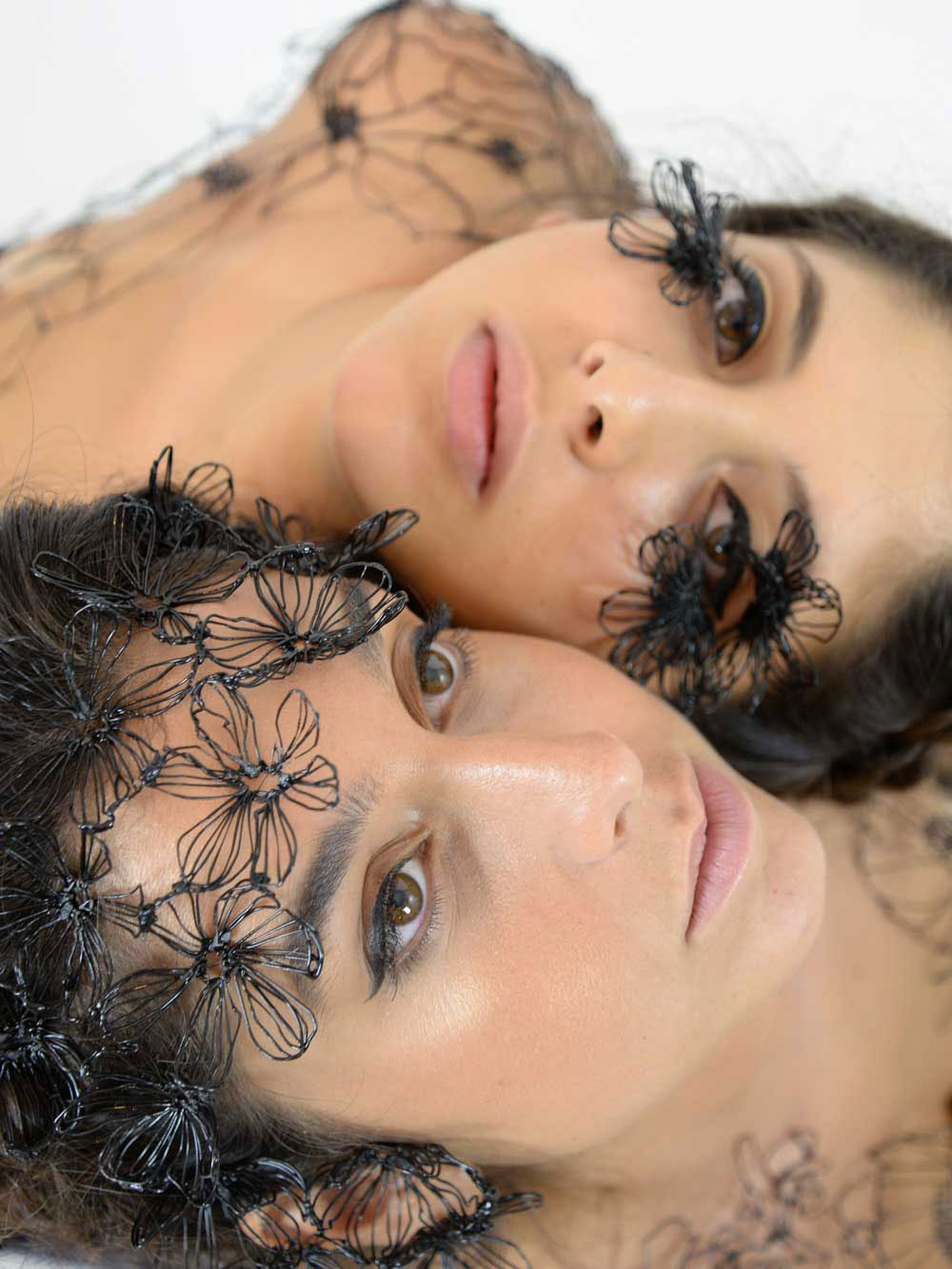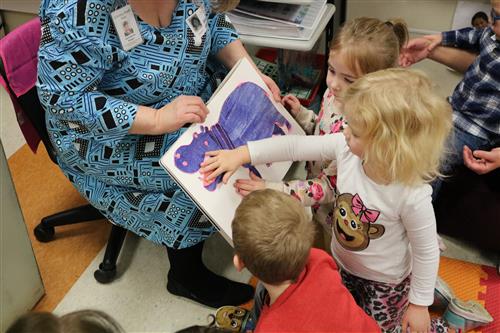International Tatting Day is a global celebration of creating delicate lace.
Festive lace-themed stencils are included for the occasion, and they are free, printable, and easy to use.
See inspiration from some of our favorite Doodlers who make breathtaking lace projects, including Eden Saadon, Erica Gray, Patrick Tai, and SHIGO.
Did you know that today, crafters all around the world are celebrating lace?
That’s right! Today is International Tatting Day, and tatting is a very specific type of lace that is made of delicate knots and loops. This artform is enjoyed by countless people across the globe, and has been since the 1700s.
On this day, tatters around the world celebrate their creative hobby. To help you join in on the festivities, we have some stencils just for you, as well as some creative inspiration from some of our favorite Doodlers.
"“When I don’t know what to wear, I wear black lace.”"-Carine Roitfeld, former editor-in-chief of Vogue Paris Share
Lace Stencils
 Cute Lace Collar Stencil
Cute Lace Collar Stencil
Bring an elegant touch to any shirt or sweater with this fun and easy-to-use stencil!
 Erica Gray’s Mesmerizing Mask Tutorial
Erica Gray’s Mesmerizing Mask Tutorial
Costumes aren’t just for halloween! It’s always cosplay season, and you can use designer Erica Gray’s mask stencil to make a unique headpiece for your next event, or use the tutorial as a springboard to create your own design.
Lace Inspiration from 3Doodler Designers
To show you that lace projects have no limits with 3Doodler pens, we have highlighted some awe-inspiring pieces from some of our favorite Doodling designers below.
"I think it’s the responsibility of a designer to try to break rules and barriers.”"-Gianni Versace Share
Eden Saadon’s Lacy Lingerie and Accoutrements
Israeli fashion designer, Eden Saadon, is a pioneer with 3Doodler “lace” wearables. She fell in love with using Black FLEXY plastics for designing her lace collections. You can learn more about Eden here.
Erica Gray’s Lacey Wearables
Australian fashion designer, Erica Gray, created these beautiful lacey pieces with White FLEXY, Gold FLEXY, and the 3Doodler Create+ pen.
Patrick Tai’s Lace of the Future
The visionary fashion of Patrick Tai is truly unique in every way. This dress and cuff bracelet are made entirely of FLEXY, and the composition is a delicate, lacy web of interweaving geometry. You can learn more about Patrick’s creations here.
SHIGO’s Lace Designer Dress
SHIGO, a design team hailing from Hong Kong, created this fashionable lace dress using a 3Doodler pen, Blue Steel PLA and Diamonds & Pearls PLA. To learn more about how they made their dress, you can see their step-by-step process here.
Other Doodlers want to see your lace creations! Share your lacy Doodles with them on social media.
@3Doodler #3Doodler #InternationalTattingDay


















 April 1:
April 1:  April 8:
April 8:  April 15:
April 15:  April 22:
April 22:  April 29:
April 29:  May 6:
May 6: 










